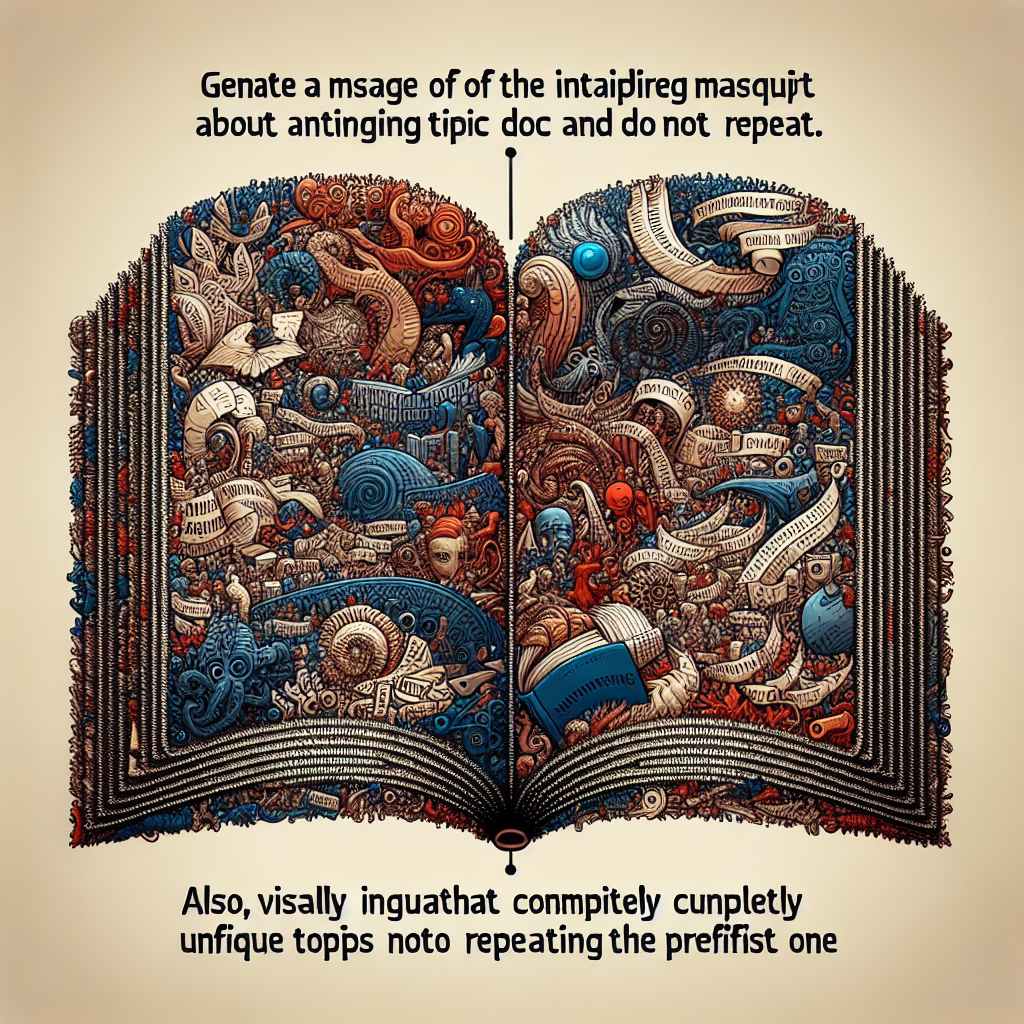Have you ever truly delved into the essence of a literary piece and noticed the tapestry of symbolism woven into its framework? Today, we spotlight a specific element — color symbolism. This intriguing form of illuminating messages or themes in literary works often grants readers a more profound understanding.
Color symbolism has been a significant aspect of literature for centuries, enhancing the sensory texture of storytelling. Authors creatively employ these hues to not only paint vivid pictures in the mind’s eye but to also subliminally deliver deeper meanings.
Starting with one of the foundational colors – red. It embodies passion, love, anger, danger. However, its interpretation varies with the context. For instance, in Nathaniel Hawthorne’s “The Scarlet Letter,” red represents both sin (the adulterous act) and the passion that led to it. Meanwhile, in “The Masque of the Red Death” by Edgar Allan Poe, red stands for death and devastation, reinforcing the harrowing aura of the story.
Continuing on to green – symbolizing life, fresh beginnings, and jealousy. F. Scott Fitzgerald’s “The Great Gatsby” is saturated with green symbolism. The iconic green light at the end of Daisy’s dock signifies Gatsby’s endless hope and envious yearning for a life with Daisy.
Blue often denotes tranquility, loyalty, but also melancholy. In “To Kill a Mockingbird,” Harper Lee projects an image of peaceful, sincere Scout and Jem through blue. Yet, she also paints a haunting atmosphere of sadness when Tom Robinson is accused and maligned, turning a gentle blue into a deeper, sorrow-filled hue.
Yellow and gold often signify wealth, joy, and optimism, but can also typify deceit and cowardice. We see the stark juxtaposition of its meaning in “The Great Gatsby”. The joyful, sunny atmosphere of Gatsby’s parties symbolizing excessive wealth, and the hollow, deceptive facade of the people attending it.
White typically is a symbol of purity, innocence, and emptiness. It embodies a wide range of contradictions. From Moby Dick’s terrifying white whale in Herman Melville’s novel to the innocence and purity of Desdemona’s handkerchief in Shakespeare’s “Othello”.
Black is popularly associated with death, darkness, and evil in literature. Consider the black raven in Edgar Allan Poe’s “The Raven”, symbolizing his desolation and loss. However, it can bear opposites too. In certain African cultures, black signifies life and health.
A deeper analysis of color symbolism challenges the reader to look beyond the surface and appreciate the nuance of literary works. It opens up a whole new kaleidoscope of understanding. However, remember that color symbolism can be highly contextual, modulated by the author’s intention, cultural connotations, and historical period.
In essence, color, as a form of symbolism, is a potent tool for authors to impart vibrancy to their narratives, breathe life into the characters, and add depth to the themes. As readers, recognizing and understanding color symbolism can imbue our reading experience with more meaningful layers. So, the next time you curl up with your favorite book, how about donning the detective hat and hunting for splashes of symbolic colors?
Next time you are savoring the lines of a book, pause and ponder over the colors painted within the tapestry of the narrative. They might be revealing more than you think.
And as we close this exploration, remember, literature is not just black and white (pun intended!) – it is a brilliant blend of diverse hues, each shedding light on the manifold dimensions of human life and emotions. So, why not plunge into this colorful world of symbolism the next time you pick up a book?
Title for Next Topic: The Enduring Legacy of Ancient Greek Philosophy
On our next dive into understanding the world we live in and its many facets, we shall traverse time back to ancient Greece. We shall delve into the invaluable contributions of Greek philosophy that have not only shaped the intellectual landscape of their era but continue to echo across human thought even in the 21st century. From Aristotle’s theories, Plato’s ideals, and Socrate’s dialogues, join us in unpacking the foundation upon which much of western philosophy rests. Stay tuned!

Leave a Reply